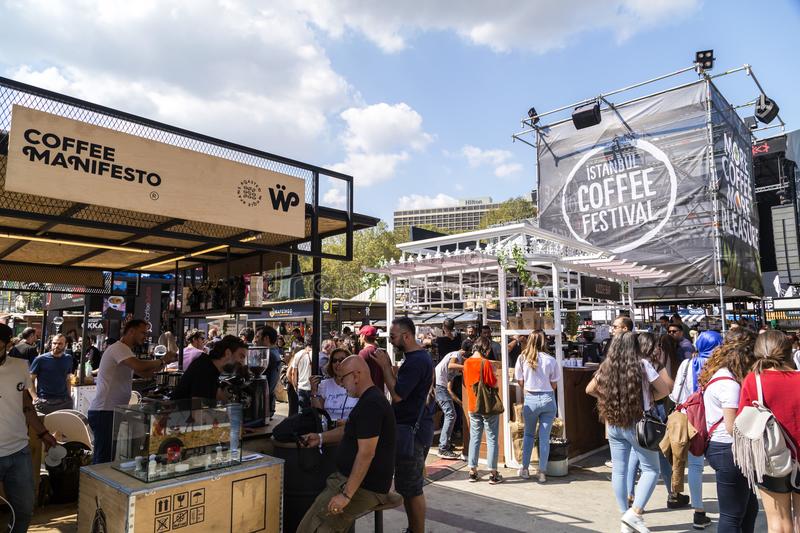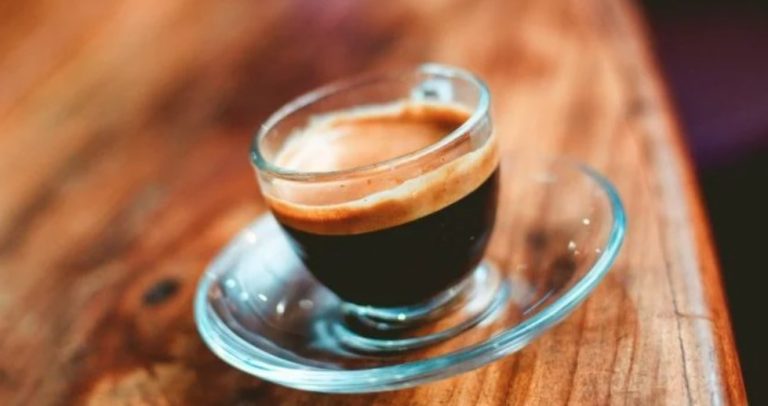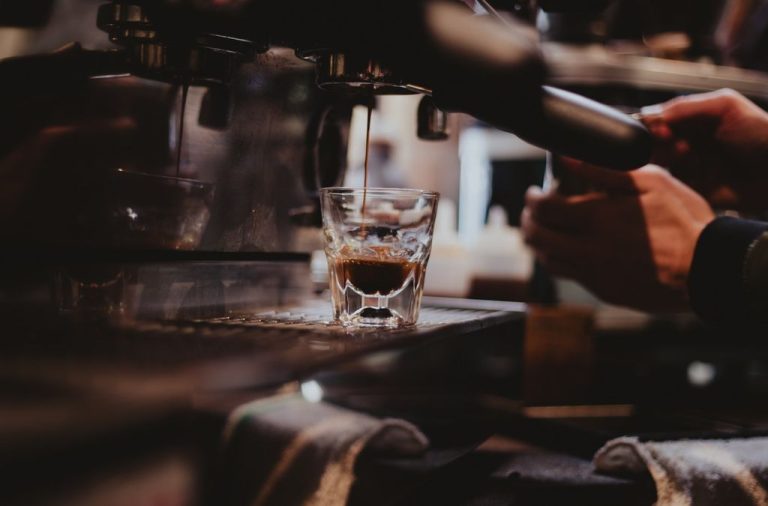In Canada, it has been the fast-food par excellence for several decades: poutine. The dish consists of French fries, pieces of cheese, and gravy and is slowly conquering the counters of various kitchens around the world. The calorie count doesn’t say thank you after eating poutine, but it’s still a taste highlight.
What is poutine?
Poutine first went over a restaurant counter in Canada in the 1950s. Today, all sorts of what “poutine” means when translated, is considered a fast-food specialty and is even offered in Canadian McDonald’s and Burger King branches. The ingredients are relatively simple – the taste should still be bombastic.
Roughly cut potatoes are fried for classic poutine, which makes them crispy on the outside and golden in color, but soft on the inside. Cheddar is traditionally used as a piece of cheese, it does not run and squeaks when chewed. Hot gravy is then poured over the fries and cheese and the poutine is ready.

Of course, there are also restaurants in Canada that specialize in poutine and offer various variations of the classic. There, the fast-food dish is offered with sauerkraut, gherkins, minced meat, or mushrooms, for example, as well as numerous sauces.
Not an easy pleasure
A serving of poutine hits the calorie account with a whopping 500 calories. This makes poutine a pleasure that you can of course treat yourself to every now and then – but the Canadian specialty should not become a regular occurrence.
The Poutine Recipe
Ingredients for four people
- 30 g cornstarch
- 90 grams of butter
- 60 grams of flour
- 2 cloves of garlic
- 550 ml beef broth
- 300 ml chicken broth
- pepper
- about 10 potatoes
- rapeseed oil
- 300g cheddar
The preparation

- For the gravy, mix the cornstarch in 30ml water until it dissolves.
- Now melt the butter in a large pan. Then add the flour and simmer, stirring, for about five minutes until it turns golden brown.
- Peel the garlic cloves, cut them into small pieces, and add to the roux and sauté briefly.
- In another bowl, add the beef and chicken broth, stir in the roux and simmer until the sauce thickens about 5 minutes. Season with pepper and keep warm.
- Wash the potatoes and cut them into finger-width wedges. Then heat plenty of rapeseed oil in a saucepan and fry the potato wedges in it until they are golden yellow in color. Then drain on kitchen paper. For that extra portion of crispiness, it can also be fried a second time.
- Cut the cheddar into bite-sized pieces.
- Now place the finished fries on a large, deep plate, pour over the gravy, and spread the pieces of cheese over them.








